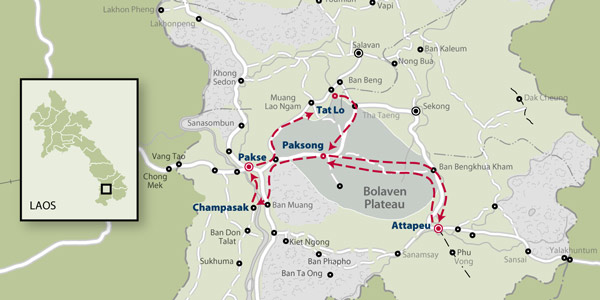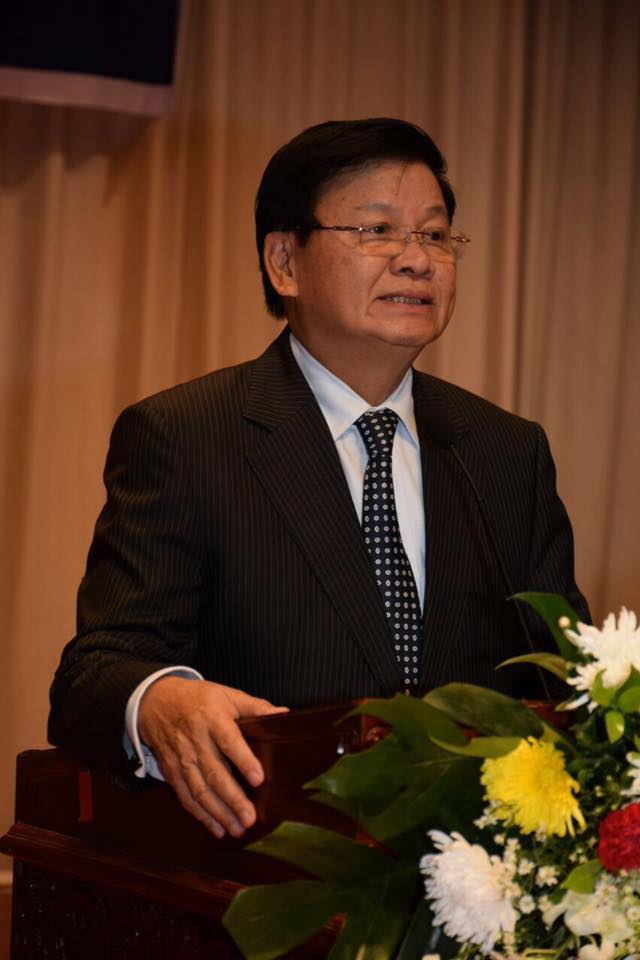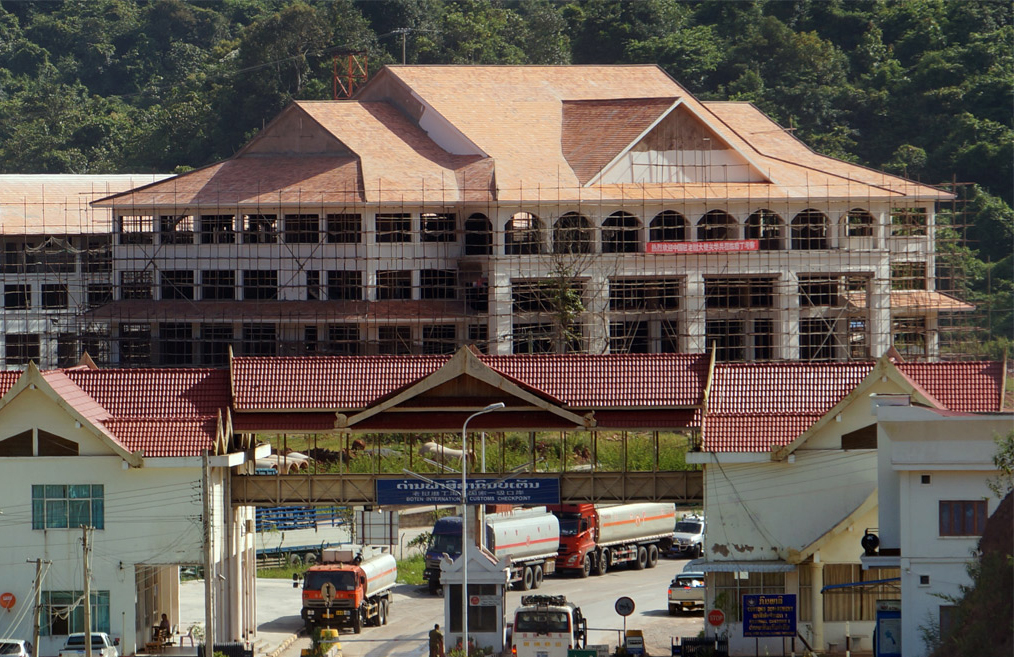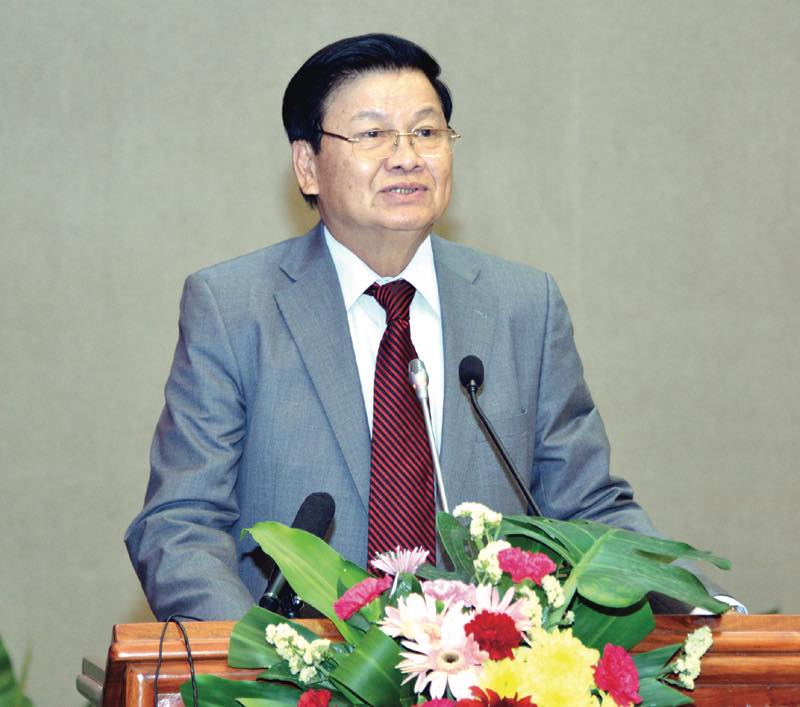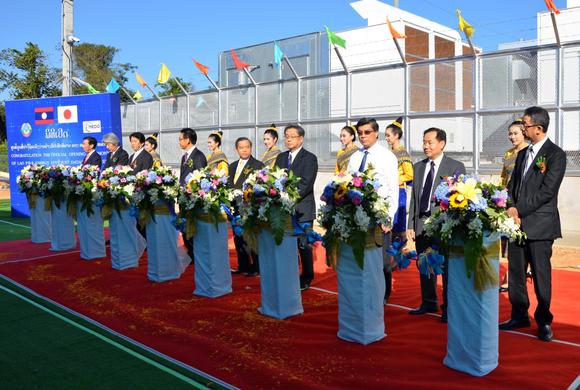The district of Pakxong will be developed into the second largest urban centre in Champassak province after Pakxe, according to a provincial official.
Champassak province has been undertaking groundwork to develop the town with Ho Chi Minh City of Vietnam creating a new urban plan for Pakxong to deal with its rapid economic growth and development.
Deputy Director of the provincial Public Works and Transport Department, Mr Bounnao Fongkhamdeng, told Vientiane Times on Wednesday that provincial authorities are preparing urban planning development proposals for the government.
Ho Chi Minh City devised a new urban plan for Pakxong as the existing one has not been updated for 30 years and it’s not appropriate for its present and future development, he said.
Vietnam funded the new design, aiming to develop trade, investment and tourism, but the money to realise the project will have to come from the Lao government, he added.
Champassak province is made up of the 10 districts of Pakxe, Xanasomboun, Bachiengchaleunsouk, Pakxong, Pathoumphon, Phonthong, Champassak, Soukhouma, Mounlapamok and Khong.
Ho Chi Minh City presented the new urban planning design to Champassak province on Monday at a handover ceremony attended by provincial Governor Dr Bounthong Divixay and former member of the Politburo and former Ho Chi Minh Party Secretary Le ThanhHai.
Surveys were carried out in March 2013 with the final plan completed in August this year.
At the handover, provincial governor Dr Bounthong noted that the plan for Pakxong allocated specific zones for commercial production, housing and public spaces along with roads, electricity and water supply infrastructure.
He urged provincial and district authorities to expedite their project proposals in order to request funding from the government.
Prime Minister ThonglounSisoulith highlighted the province’s strong economy on a visit two months ago but also emphasised five issues in particular.
He said Champassak needed to seek more investment from domestic and overseas sources for coffee and other farms on the Bolaven Plateau, which is part of Pakxong district.
Pakxong not only has a growing reputation for its crops and coffee farms, but also its waterfalls and other tourist attractions, which are drawing more visitors.
Source: Vientiane Times


